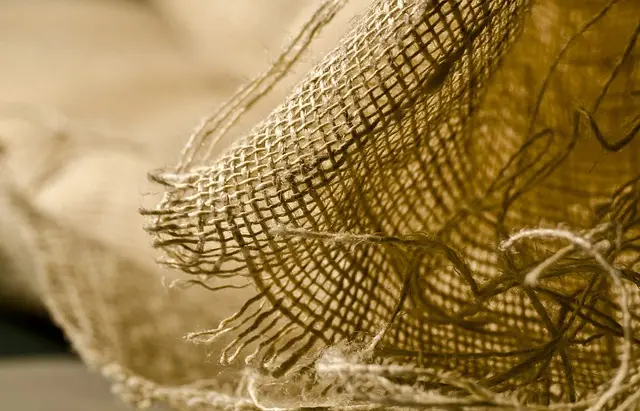Red Bali Kratom and Maeng Da Kratom are two popular strains within the kratom community, each offering unique benefits and effects. Red Bali Kratom is known for its balanced alkaloid profile that provides a soothing sensation which may aid in relaxation without sedation, making it suitable for stress relief and promoting a calm state. On the other hand, Maeng Da Kratom contains higher levels of mitraphyne, offering users a more potent experience with invigorating effects that can enhance energy and focus. Both strains are sought after by individuals looking for natural wellness applications, including pain management and muscle recovery. The comparison between Red Bali and Maeng Da Kratom highlights their distinct alkaloid profiles, with Red Bali being more sedative and analgesic, ideal for chronic pain relief and relaxation post-injury or intense exercise. Maeng Da, in contrast, provides a blend of energy and painkilling effects that can be beneficial for managing recovery-related discomfort while maintaining performance during workouts. The analgesic properties of mitragynine and 7-hydroxymitragynine in these strains have been shown to interact with opioid receptors, offering pain relief with lower side effects and dependency risks compared to traditional opioids. Users should be mindful of dosage and consult with healthcare professionals when integrating kratom into their muscle recovery and pain management routines for optimal benefits and safety.
Muscle soreness can be a debilitating obstacle for athletes, fitness enthusiasts, and anyone engaging in physical activities. Seeking natural remedies, many turn to kratom, a botanical with a growing reputation for its analgesic properties. This article delves into the specific benefits of Red Bali Kratom versus Maeng Da for muscle soreness relief, shedding light on the science behind their alkaloids and their impact on muscle recovery and pain management. By examining user experiences, dosage guidelines, and best practices, readers will gain a comprehensive understanding of these potent kratom strains and how they can effectively alleviate post-exercise discomfort.
- Understanding Muscle Soreness and Its Relief Through Kratom: A Closer Look at Red Bali vs. Maeng Da
- The Science Behind Kratom Alkaloids and Their Role in Muscle Recovery and Pain Management
- Comparing the Effects of Red Bali Kratom and Maeng Da for Soreness Relief: User Experiences, Dosage Guidelines, and Best Practices
Understanding Muscle Soreness and Its Relief Through Kratom: A Closer Look at Red Bali vs. Maeng Da

The Science Behind Kratom Alkaloids and Their Role in Muscle Recovery and Pain Management

Studies have elucidated the mechanisms by which kratom alkaloids, such as those found in popular strains like Red Bali Kratom and Maeng Da, contribute to muscle recovery and pain management. The primary active components in kratom are mitragynine and 7-hydroxymitragynine, both of which have been shown to interact with opioid receptors in the brain. This interaction can modulate pain signals, providing relief from sore muscles by binding to mu-opioid receptors, similar to how opioid medications work but without the same level of side effects or dependency risks. The analgesic properties of these alkaloids are particularly noteworthy for individuals engaging in physical activities, as they can help manage post-exercise discomfort and accelerate the healing process.
Furthermore, kratom’s efficacy in muscle recovery is attributed to its anti-inflammatory effects and stimulation of muscle metabolism. Red Bali Kratom, known for its sedative and analgesic properties, may be particularly effective for addressing chronic pain and aiding relaxation, which can be beneficial for muscle soreness resulting from intense exercise or injury. On the other hand, Maeng Da Kratom is celebrated for its balanced effects of energy and pain relief, making it a favored choice among those seeking enhanced performance during workouts while also mitigating recovery-related discomfort. Both strains can play a role in muscle recovery, with individual preferences dictating which might be more suitable for one’s specific needs. Users should approach kratom with caution and adhere to appropriate dosage guidelines to optimize its effects and ensure safety.
Comparing the Effects of Red Bali Kratom and Maeng Da for Soreness Relief: User Experiences, Dosage Guidelines, and Best Practices

Users exploring muscle soreness relief may find the comparison between Red Bali Kratom and Maeng Da particularly enlightening, as both present distinct advantages for pain management. The article delves into the scientific basis of kratom alkaloids and their efficacy in facilitating muscle recovery, offering a comprehensive understanding of how these plants can be beneficial. Red Bali Kratom and Maeng Da each have unique user experiences and dosage considerations that are crucial for optimizing relief. By carefully examining the research and anecdotal evidence, individuals seeking natural alternatives for soreness can make informed decisions tailored to their specific needs. In conclusion, the exploration of Red Bali Kratom vs Maeng Da for muscle soreness relief highlights the potential of these options as a complementary approach to well-being. Users are encouraged to follow dosage guidelines and best practices for safe and effective outcomes.






